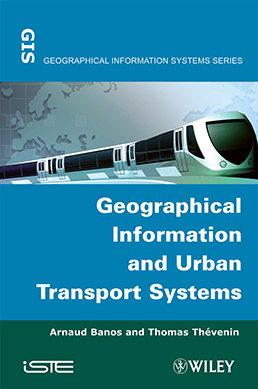
Despite being huge elements of town and city infrastructure (planning, construction, maintenance, and ongoing spending), as well as factors that contribute to urban life in a significant economic, social, and environmental manner, transport systems are still rarely understood from an integrated point of view.
This book attempts to connect all three major dimensions: supply on the one hand, demand on the other, and finally the negative aspects - the main risks associated with transport systems.
Each chapter of this large collection of authoritative works is written by recognized experts and specialists in their respective fields, and each deals with transport systems within these dimensions, and articulate the issues connected with them in an integrated way. The book will therefore be of considerable interest to students and researchers in the fields of transport and logistics, urban planning, civil and infrastructure engineering, environmental science, social and physical geography, geographical information systems, and related fields.
Part 1. Characterization of Transport Supply
1. Modeling Transport Systems on an Intra-Urban Scale, Thomas Thévenin.
2. Determining Urban Public Transport Supply, Robert Chapleau.
3. Defining Intermodal Accessibility, Alexis Conesa and Alain L’Hostis.
4. Characterizing Form and Functioning of Transportation Networks, Cyrille Genre-Grandpierre.
Part 2. Estimating Transport Demand
5. Estimating Transport Demand, Patrick Bonnel.
6. Visualizing Daily Mobility: Towards Other Modes of Representation, Olivier Klein.
7. Guiding a Tram-Train Installation: a Necessary Multi-Criteria Approach, Olivier Bouhet.